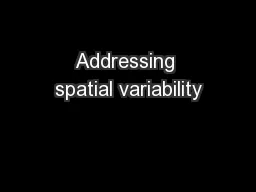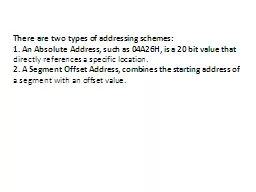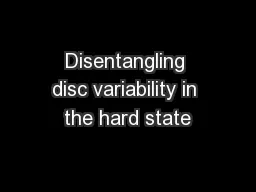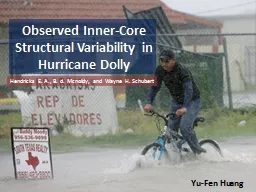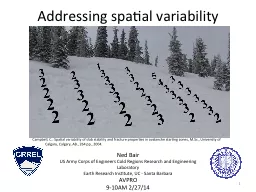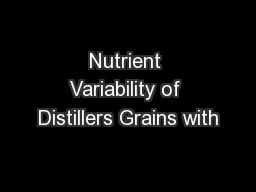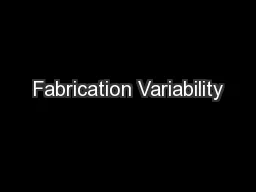PPT-Addressing spatial variability
Author : pasty-toler | Published Date : 2016-12-20
Ned Bair US Army Corps of Engineers Cold Regions Research and Engineering Laboratory Earth Research Institute UC Santa Barbara AVPRO 910AM 22714 1 Campbell C
Presentation Embed Code
Download Presentation
Download Presentation The PPT/PDF document "Addressing spatial variability" is the property of its rightful owner. Permission is granted to download and print the materials on this website for personal, non-commercial use only, and to display it on your personal computer provided you do not modify the materials and that you retain all copyright notices contained in the materials. By downloading content from our website, you accept the terms of this agreement.
Addressing spatial variability: Transcript
Download Rules Of Document
"Addressing spatial variability"The content belongs to its owner. You may download and print it for personal use, without modification, and keep all copyright notices. By downloading, you agree to these terms.
Related Documents

